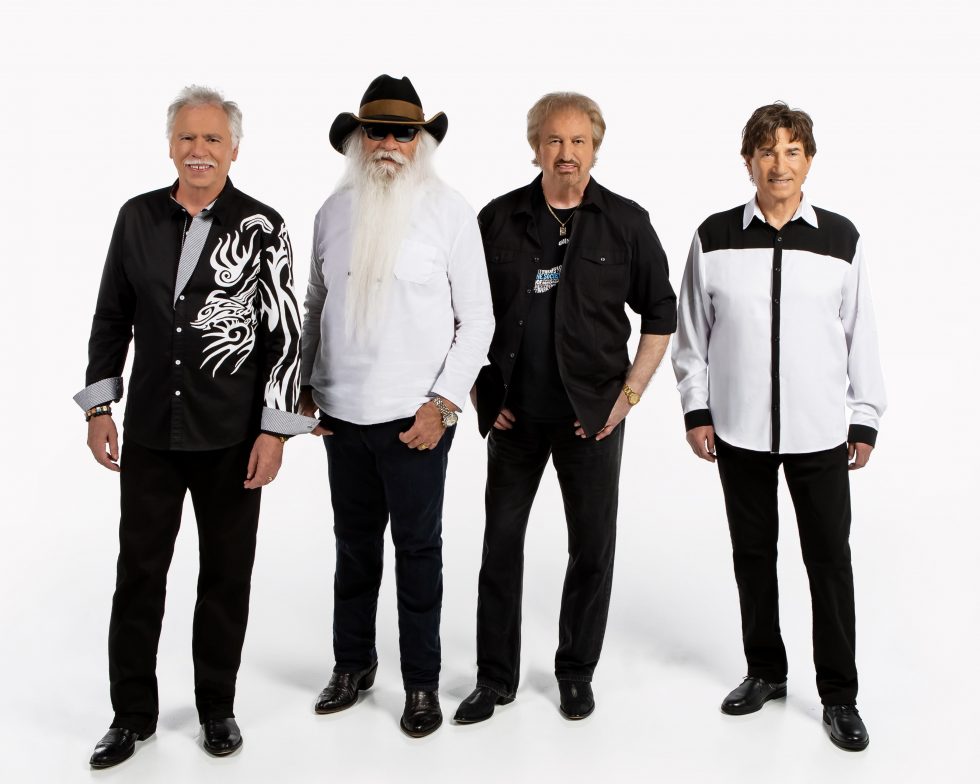Running can take toll on aging body
Published 1:47 pm Monday, March 20, 2006
By Staff
Ever hear the old saying, “Age slows running, but running slows aging?” Age does take an inevitable toll on one's body. Runners who ignore the aging process and press on with the same tough workouts they did when they were younger are likely to run into trouble.
On the flip side, runners who make the proper age adjustments can use running as a kind of fountain of youth.
What separates runners who enjoy long and satisfying running careers from those who develop one injury after another until they give up running altogether?
Successful runners make key physical and mental adjustments along the way. Just ask the two Scotts – real men, real runners who consistently cross-train and even took my aerobics class a few weeks ago.
Strengthen and Stretch
You need to get stronger. With aging comes a natural tendency to lose muscle tone and strength. Older runners (40 and 50 something) develop imbalances as their running-related muscles stay strong and overwhelm non-running related muscles.
Upper body strength, especially, tends to fade with age. It is imperative to strengthen the muscles around the knee joint and trunk area as stabilization lessens stress on tendons and other connective tissues.
Runners should concentrate on more repetitions done with good form rather than piling on weight-after all, a runner is trying to develop increased stamina in the muscle rather than excess bulk.
Hand in hand with muscle strengthening is stretching. Flexibility and mobility cannot be taken for granted. Gentle stretching AFTER the warm-up, especially the calves and Achilles' tendon, can do much to ward off muscle pulls and tears.
Cross-Training
Activities like swimming or bicycling are low-impact and reduce the wear and tear on joints and connective tissue. The body can get a break from the relatively high impact of running and muscular imbalances resulting from a running-only routine.
Don't limit yourself to just these activities; try yoga, pilates, hiking, whatever you enjoy. Yoga and pilates especially will stretch, lengthen and strengthen your muscles.
Adjusting Your Habits
As runners age, it makes sense to gravitate toward longer, slower-paced events. Many runners move from sizzling 5Ks and 10Ks to marathons. The speed training required for shorter distances can spell trouble for older runners whose muscles and connective tissues have become less supple and flexible.
However, remember to increase weekly mileage slowly when training for longer events-about 5 percent a week or less. Older runners should also plan on longer recovery periods following races and more rest days in their typical training week.
The Mind Games
While adjusting to the physical realities of aging is important, perhaps the most essential part of remaining a healthy an enthusiastic runner after age 50 is the mental adjustment.
Goal for It
Setting and meeting goals, even if the goals are less lofty than in the past, is another key element in continuing to enjoy running.
Running is a great way to stay fit and keep the pounds off. With a few adjustments along the way, you can keep going at any age.
Janet Peterman is a personal trainer at the Brewton YMCA. She can be reached at 867-9622 (YMCA).




